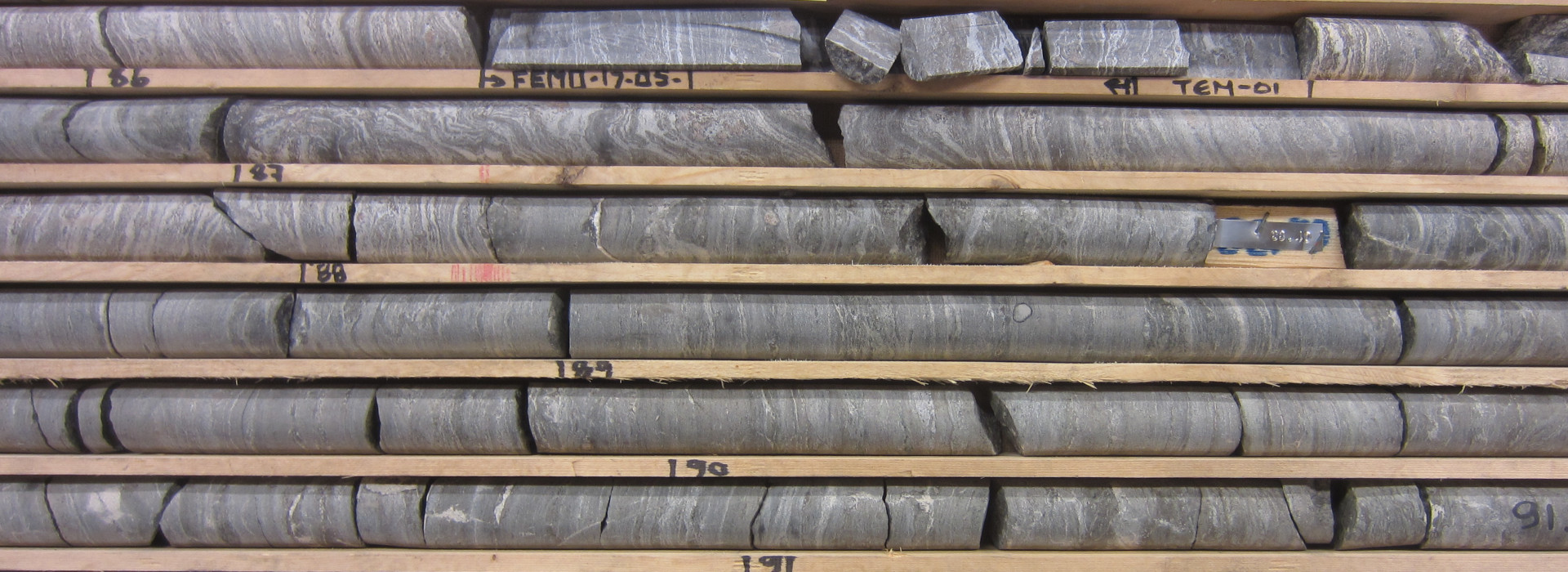
Influence of crustal contamination on REE-enrichment in carbonatites of the Kalkfeld group (Namibia)
- Ansprechperson:
- Förderung:
DFG grant WA3116/3-1
This is a joint project of the Geochemistry & Economic Geology of KIT and the Petrology Group at the University of Tuebingen. High levels of REE in carbonatites are generally explained by a combination of factors, including low-degree melting of geochemically enriched mantle sources, crystal fractionation, carbonate-silicate melt immiscibility, melt-aqueous brine immiscibility and hydrothermal alteration. Crustal contamination, however, is a process that is typically not considered to play an important role during carbonatite magmatism. Nevertheless, a recent study of the applicants demonstrated that the interaction of carbonatite magma with silicate wall rocks can enable strong REE enrichment in apatite via a coupled substitution mechanism involving Si. Having shown this for the Kaiserstuhl, the applicants suggest that such processes may be of general importance in carbonatitic systems.
This project will investigate the impact of carbonatite-wall rock interaction on REE enrichment in carbonatites. The study will be performed using field examples from the Damaraland Province (Namibia), because these carbonatites show variable REE enrichment and REE mineralogy and contain variable amounts of silicate minerals (amphibole, clinopyroxene, quartz, feldspar) that may indicate crustal contamination.
To test this hypothesis, textural, mineral chemical and geochronological data (microscopy, EMPA, LA-ICP-MS) as well as fluid inclusion data (microthermometry including numerical liquidus-surface modeling for quantification, Raman spectroscopy) for the different carbonatites which are probably genetic related will be gathered and compared with each other. The expected results will allow for (1) characterizing the magmatic to hydrothermal evolution of the carbonatites in great detail and (2) reconstructing the genesis of the REE mineralizations including the potential influence of wall-rock interaction and hydrothermal overprint.
